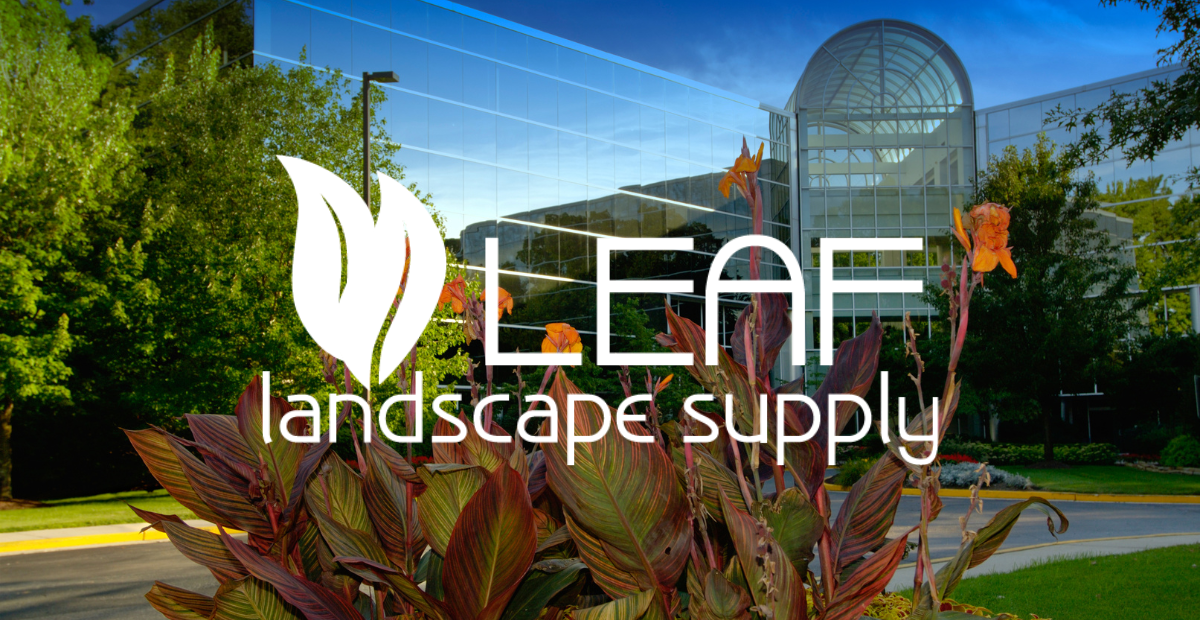
Texas Native Plants For Landscaping – Texas Native Plants for Landscaping: Enhance Your Austin Property with Local Flora
Enhance Your Austin Property with Local Flora
Nestled in the heart of Texas, Austin is a vibrant city brimming with natural beauty and a thriving community spirit. As the capital of the Lone Star State, Austin is home to a diverse array of neighborhoods, each with its own unique charm and character. From the historic elegance of Tarrytown to the trendy allure of Clarksville, the city’s neighborhoods reflect its rich history and cultural diversity. In the zip code 78703, residents enjoy the lush surroundings of Bryker Woods and Old Enfield, where tree-lined streets and picturesque parks create an idyllic setting for both residents and visitors alike.
When it comes to landscaping in Austin, incorporating native plants into your outdoor space can not only enhance the natural beauty of your property but also offer numerous environmental and practical benefits. Whether you are a commercial property manager overseeing multiple properties or a homeowner looking to create a sustainable and visually appealing landscape, incorporating Texas native plants can elevate the aesthetic and ecological value of your outdoor space.
The Benefits of Texas Native Plants
Embracing the use of Texas native plants in landscaping offers a myriad of benefits, making them an ideal choice for any property manager or homeowner in Austin. Here are some of the key advantages:
Drought Tolerance: Texas native plants have evolved to thrive in the region’s arid climate, making them well-suited to withstand periods of drought without excessive watering or maintenance.
Low Maintenance: Once established, native plants typically require minimal upkeep, reducing the need for excessive watering, fertilization, and pest control.
Ecological Benefits: Native plants play a crucial role in supporting local wildlife, providing essential food and habitat for native birds, insects, and other wildlife species.
Water Conservation: By incorporating native plants into your landscape design, you can significantly reduce water consumption, contributing to water conservation efforts in Austin.
Aesthetic Appeal: Texas native plants offer a diverse range of colors, textures, and forms, allowing for the creation of visually stunning and dynamic landscapes that showcase the unique beauty of the region.
Environmental Resilience: Native plants contribute to the overall health and resilience of the local ecosystem, promoting biodiversity and ecological balance.
Selecting the Right Plants for Your Landscape
When considering Texas native plants for your landscaping projects, it is essential to choose species that are well-suited to the specific conditions of your property. Factors such as sunlight exposure, soil type, and available space should all be taken into account when selecting plants. Here are some popular Texas native plants that are well-adapted to the Austin area:
Texas Sage (Leucophyllum frutescens): This drought-tolerant shrub features silvery-gray foliage and vibrant purple flowers, adding a pop of color to the landscape while requiring minimal water.
Texas Lantana (Lantana urticoides): Known for its clusters of colorful flowers that attract pollinators, Texas Lantana is a versatile and resilient plant that thrives in full sun and well-drained soil.
Red Yucca (Hesperaloe parviflora): With its striking architectural form and long-lasting, coral-colored blooms, Red Yucca is a favorite among landscapers seeking a low-maintenance, drought-tolerant accent plant.
Texas Redbud (Cercis canadensis var. texensis): This native tree species offers a stunning display of pink flowers in the spring, followed by heart-shaped leaves that bring vibrant color and beauty to any landscape.
Sustainable Landscaping Practices
In addition to incorporating Texas native plants, adopting sustainable landscaping practices can further enhance the environmental impact and longevity of your outdoor space. Here are some sustainable landscaping strategies to consider:
Mulching: Applying a layer of organic mulch around plants helps retain soil moisture, suppress weeds, and improve soil health, reducing the need for excessive watering and chemical control methods.
Rainwater Harvesting: Installing a rain barrel or cistern allows you to capture and store rainwater for use in watering your landscape, reducing reliance on municipal water sources.
Xeriscaping: Designing a xeriscape, a landscape that minimizes water usage through strategic design and plant selection, can significantly reduce water consumption while maintaining visual appeal.
Native Plant Guilds: Creating planting combinations of compatible native plants that support each other’s growth and ecological functions can enhance the overall resilience and sustainability of your landscape.
Proper Irrigation: Implement efficient irrigation systems such as drip irrigation or soil moisture sensors to deliver water directly to plant roots and avoid water wastage.
The main takeaway
Incorporating Texas native plants into your landscaping not only enhances the natural beauty of your property, but also contributes to the health of the local ecosystem and conserves vital natural resources. By selecting plants that are well-suited to the unique climate and soil conditions of Austin, commercial property managers and homeowners can create sustainable, visually appealing landscapes that reflect the vibrant spirit of the Texas capital.
Commercial Property Landscaping (Archives)
